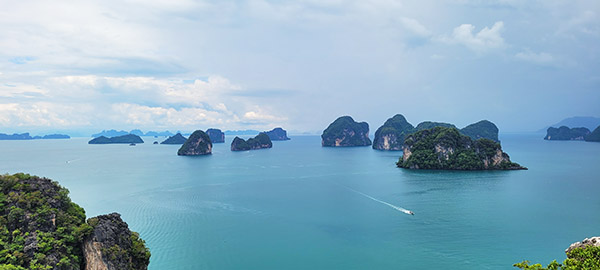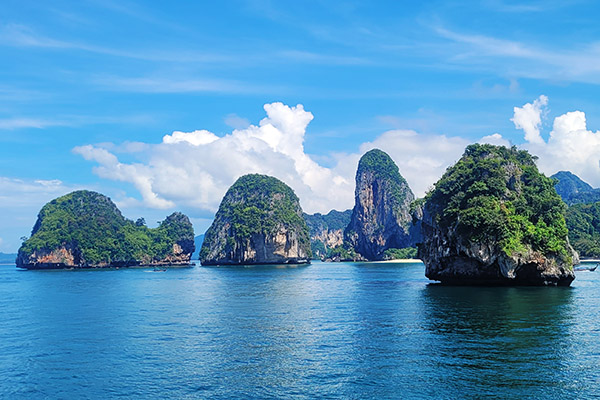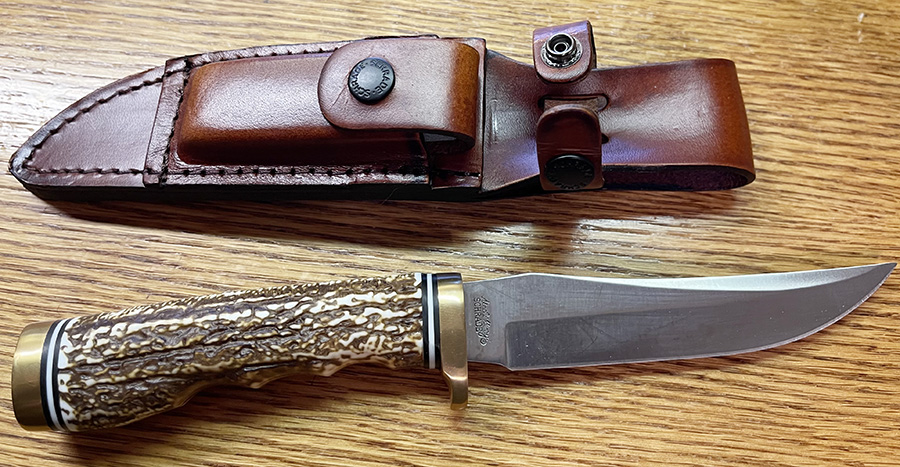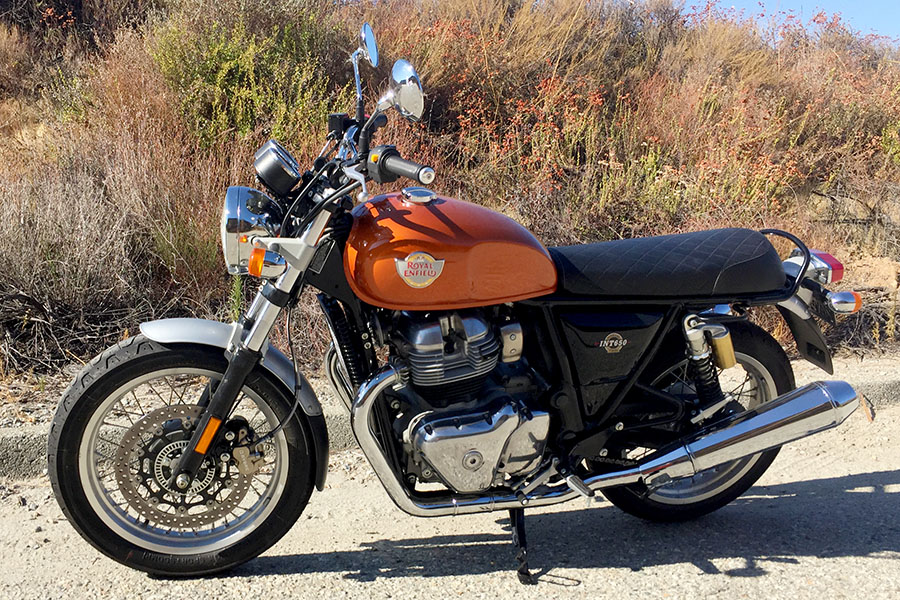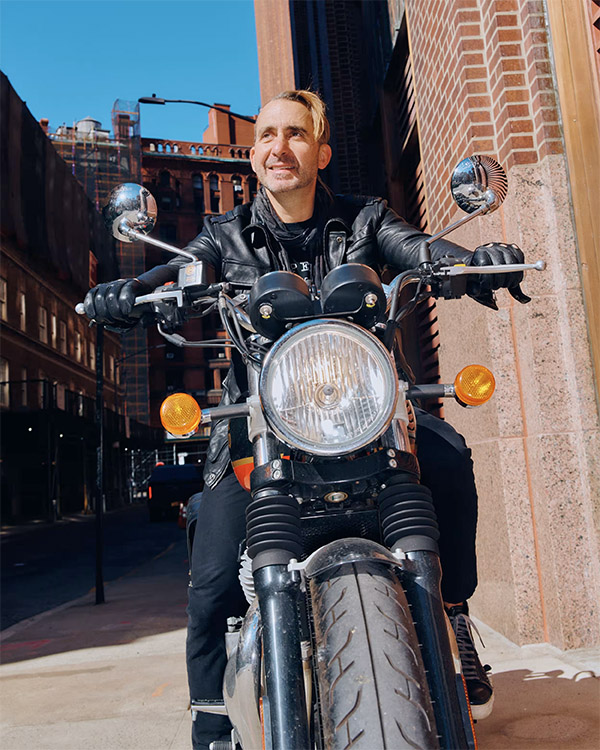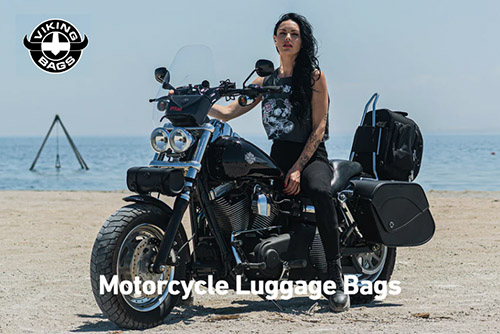By Joe Berk
I don’t go to the movies too much anymore, although the theatres have dramatically improved their seating and some even sell complete meals you can eat while watching the movie. We have Netflix, Prime, and Max at home, once in a while I’ll watch something on regular TV besides Fox News, and we pretty much have all the home entertainment needs covered with our TV and the aforementioned subscriptions. Susie wanted to see the new Bob Dylan show, though, and I thought it might be good to get out for a bit.
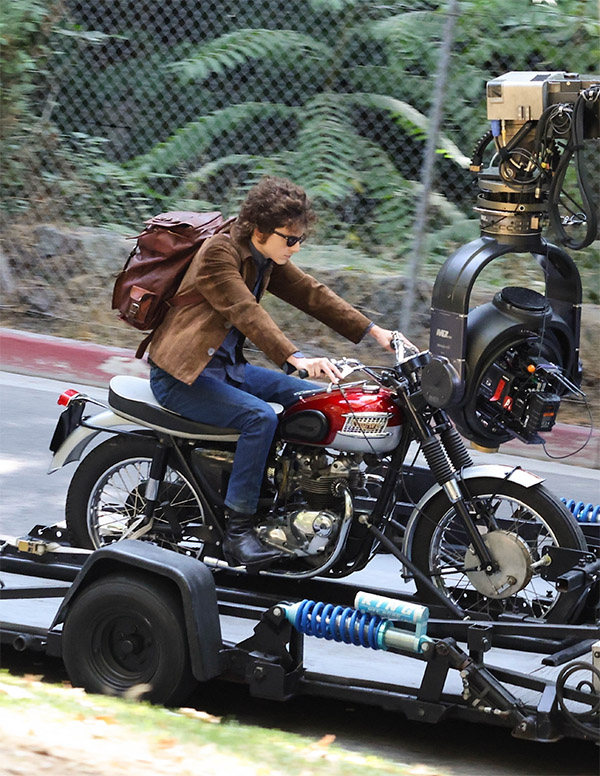
As movies go, A Complete Unknown was not too bad. The Joan Baez sound tracks were great, as was Zimmerman’s music (I’ll bet you didn’t know Bobby Zimmerman was beatnikized into Bob Dylan, did you?).
I have to comment on the motorcycle scenes, though…after all, this is a motorcycle website.
In the very first Dylan motorcycle scene, he’s riding an early Norton Atlas. You don’t see too many of those with their black trapezoidal fuel tanks and huge chrome valanced fenders, so it had my attention. In all the remaining motorcycle scenes, Dylan is on a mid-’60s Triumph Tiger. He didn’t wear a helmet in any of those scenes, and the action was ostensibly set in New York City. Seeing a helmetless Dylan slicing through Manhattan traffic made me uneasy, even though I knew it was all Hollywood tomfoolery. The really goofy parts were the closeup riding scenes in which Dylan’s ample curls were unruffled by cruising speed winds, and the 500cc Triumph starting without Dylan using the Triumph’s sole wakeruppery mechanism (i.e., a kickstarter). Nope, the moto scenes were as fake as a Joe Biden promise, and that made me put A Complete Unknown in the Complete Fake column.
Like I said above, the music was good. Somewhere there’s a probably a Scriptwriting for Dummies guide that says a movie has to have conflict injected into the plot, so in this flick it was Dylan doing “his music” at the Newport Folk Festival instead of their desired folk music. Dylan and Pete Seeger almost started a fist fight over that (I know, it’s silly, but I’m just reporting here, folks). At the concert’s end Dylan sang one folk song, so all was forgiven.
I can’t leave out the best part: Johnny Cash (played by a real complete unknown, Boyd Holbrook) was in the movie and he was superb. If anyone ever does another Johnny Cash movie, casting anyone other than Holbrook in that role would be a crime against nature.
If you can ignore the motorcycle phoniness, A Complete Unknown is worth the price of admission. The motorcycle inaccuracies notwithstanding, I enjoyed it and I think you will, too.
Join our Facebook ExNotes page!
Never miss an ExNotes blog:

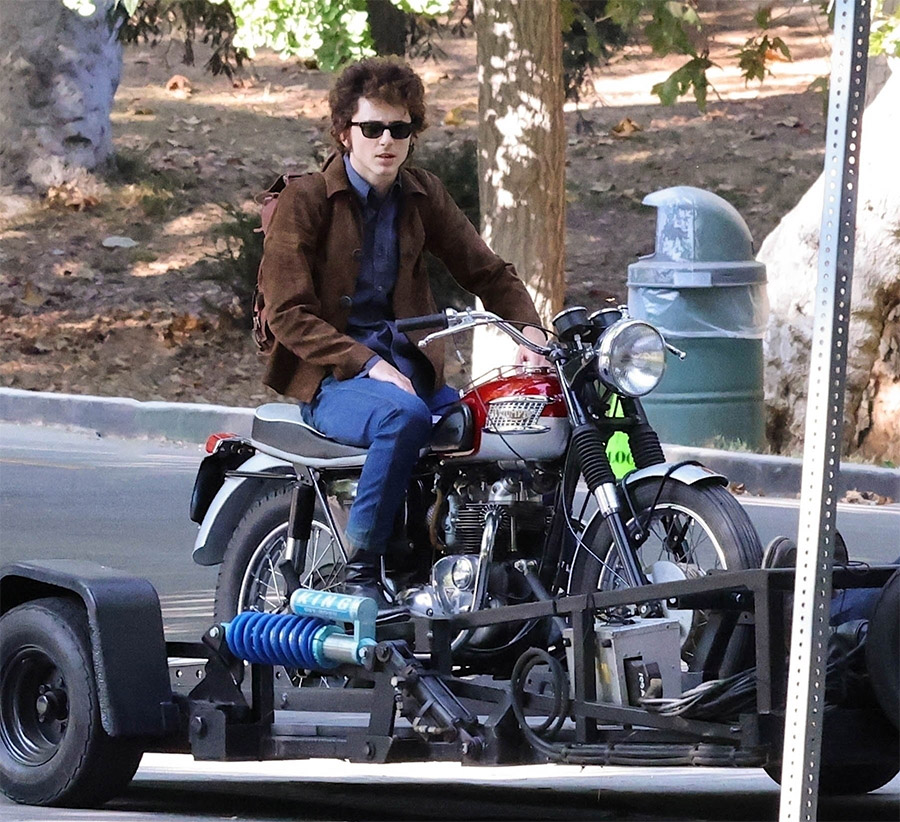

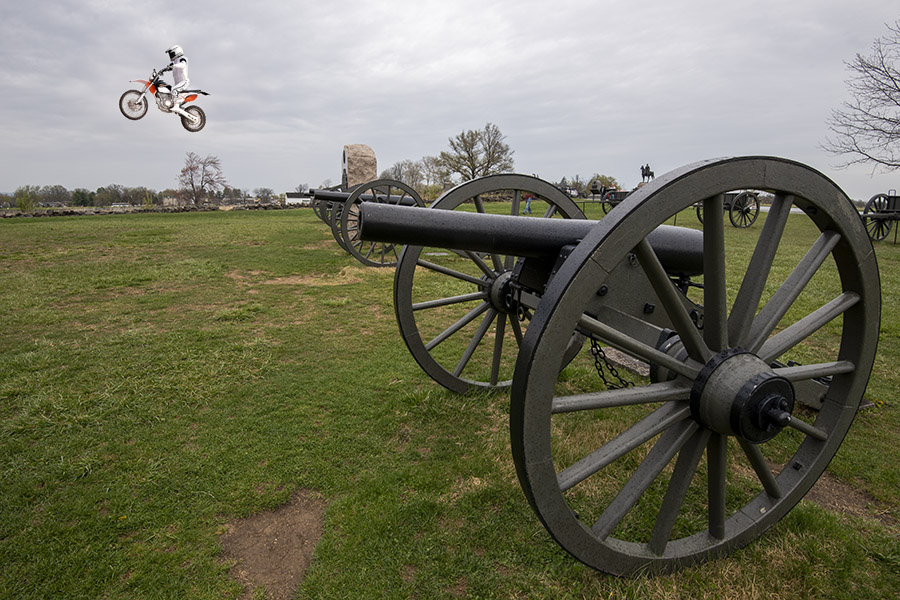
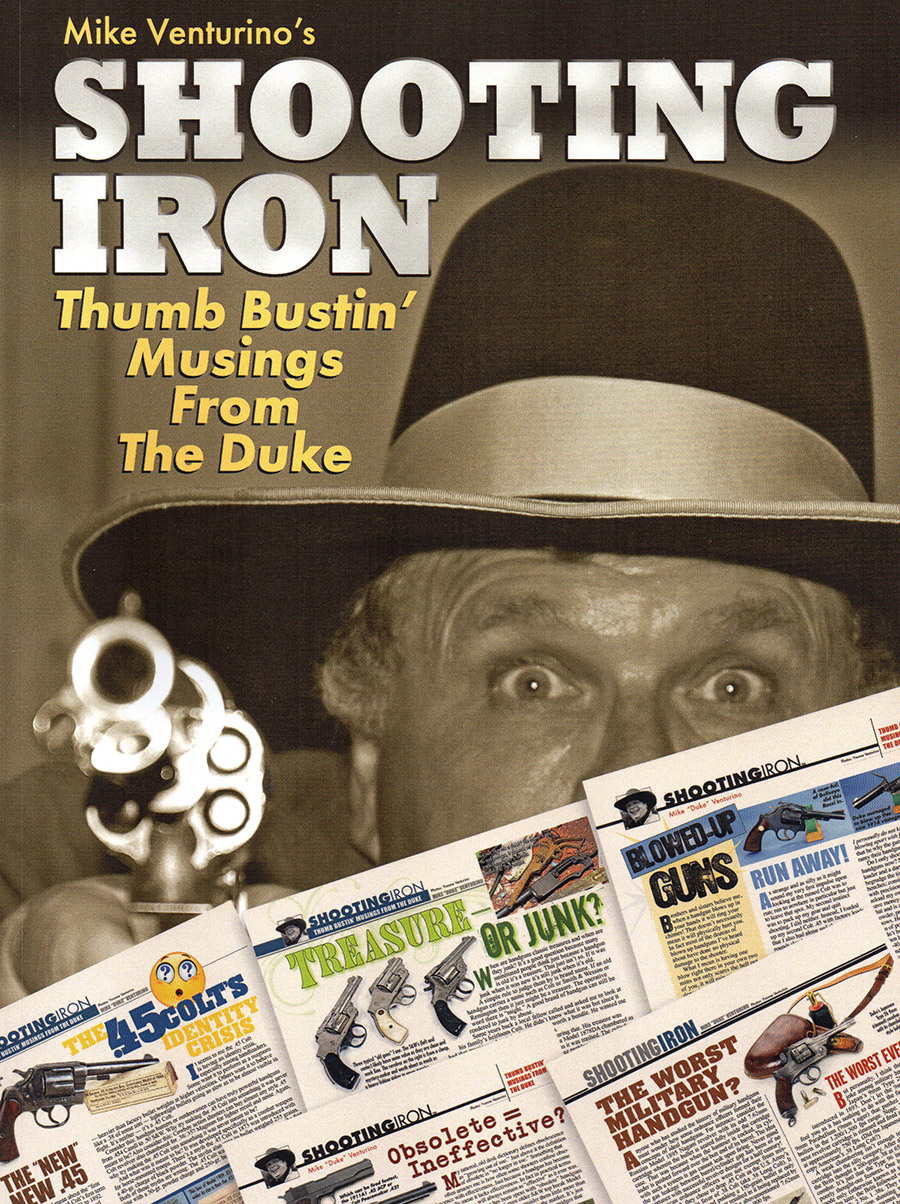
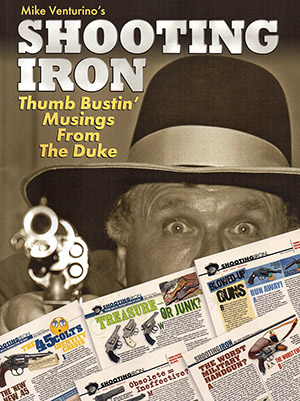
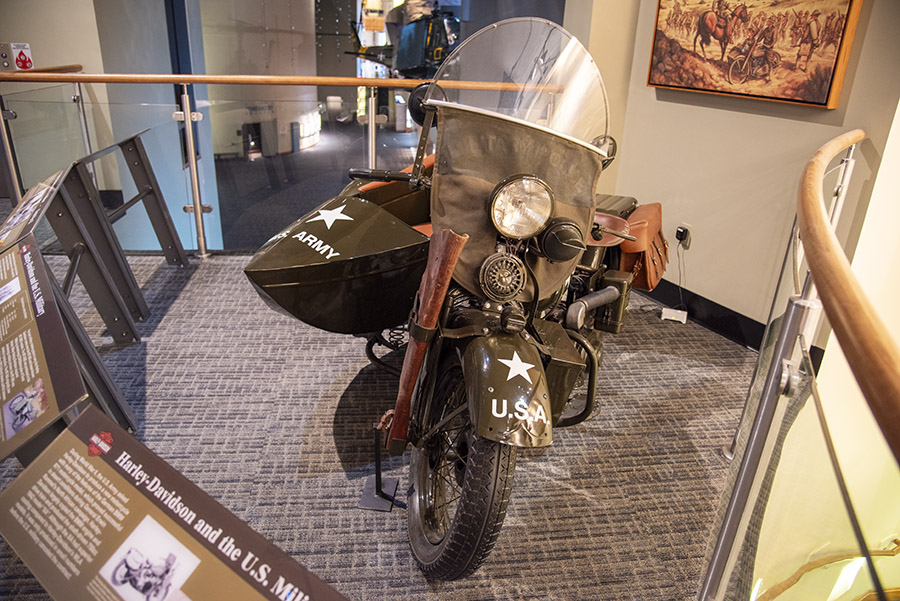
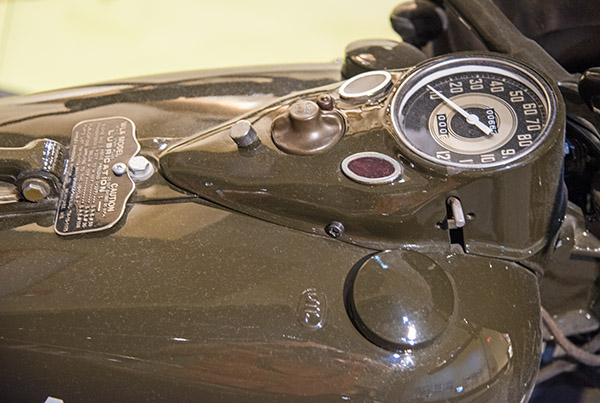
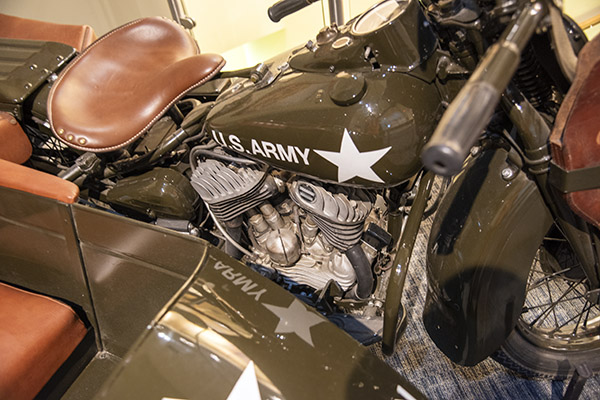
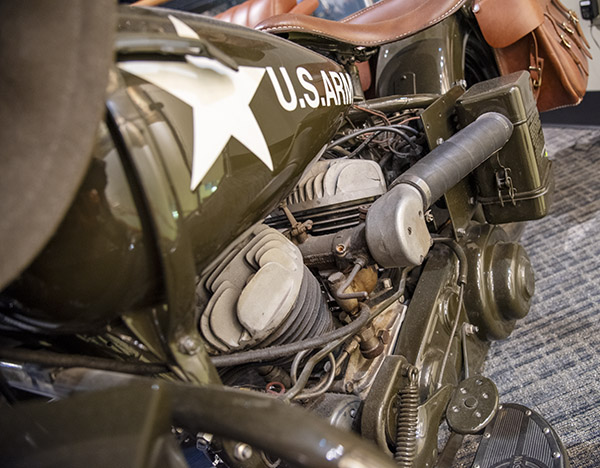
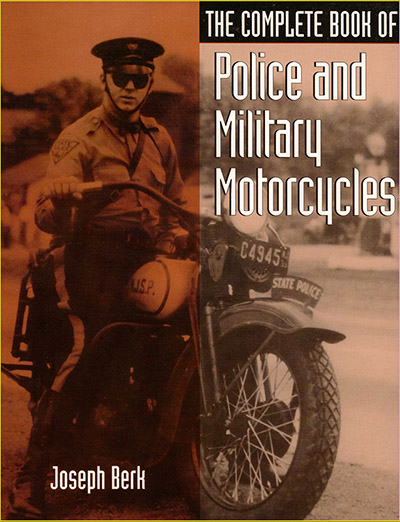
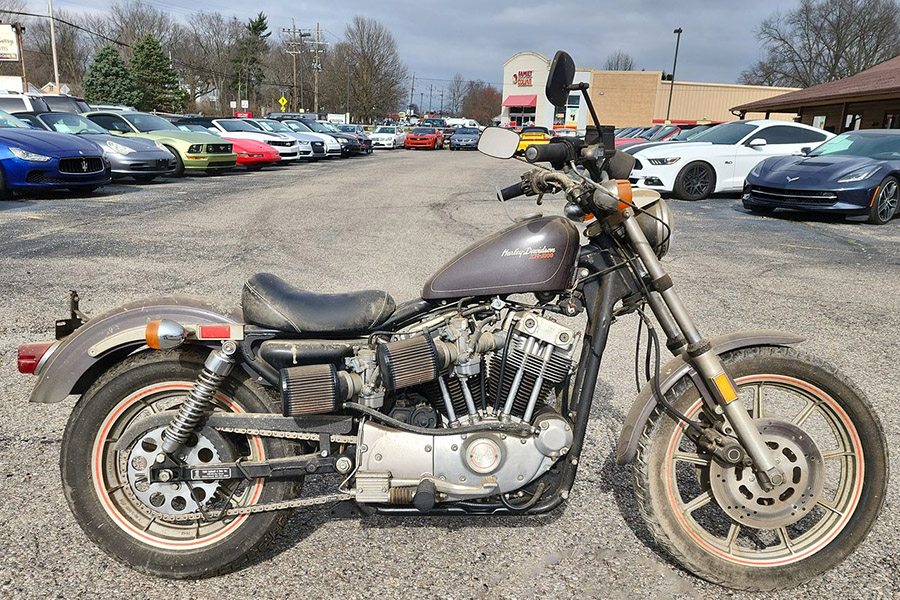

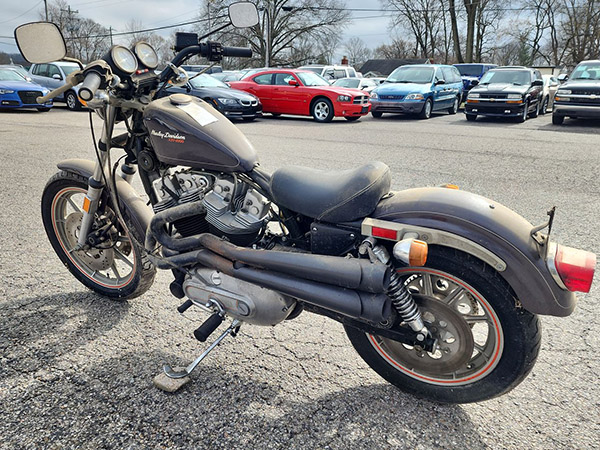
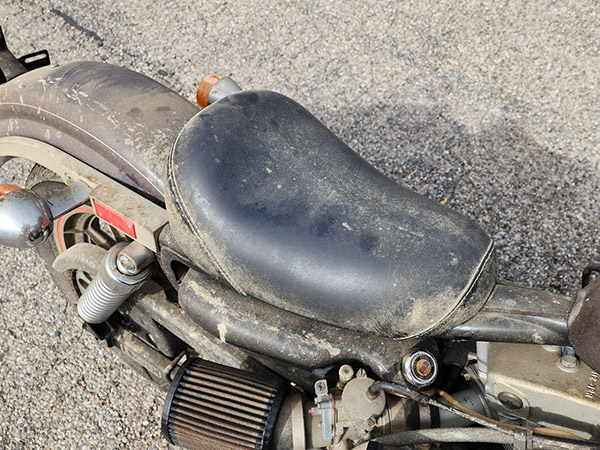
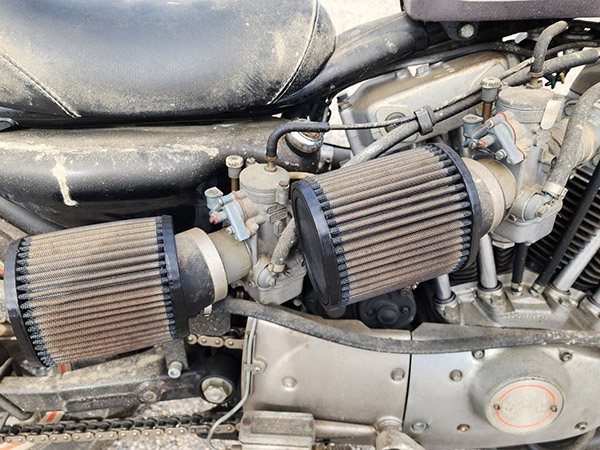
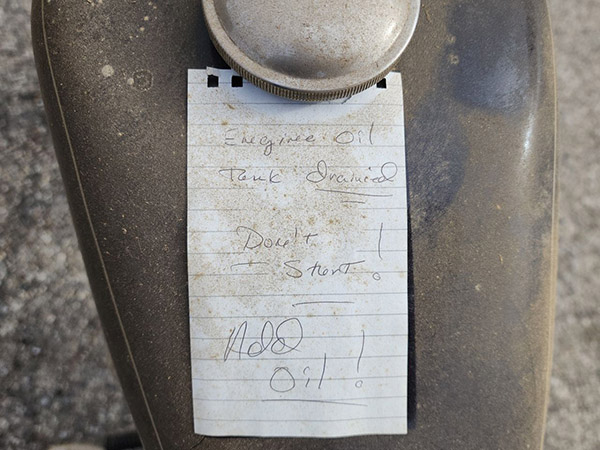

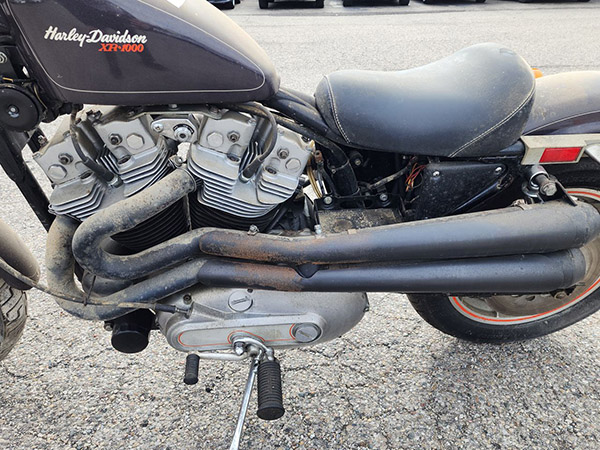
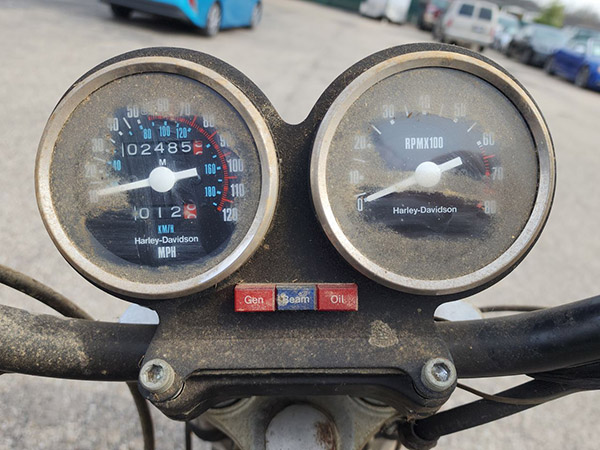
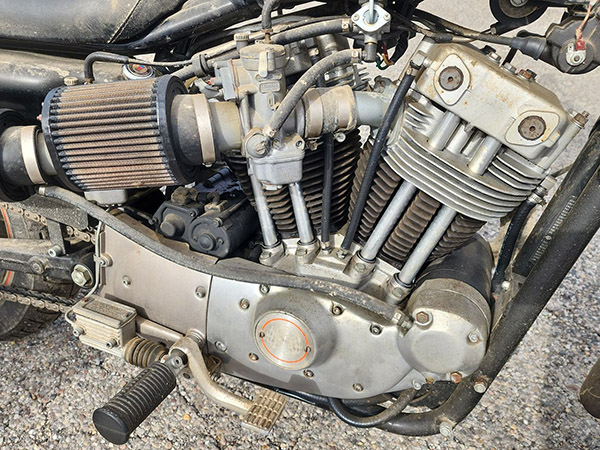
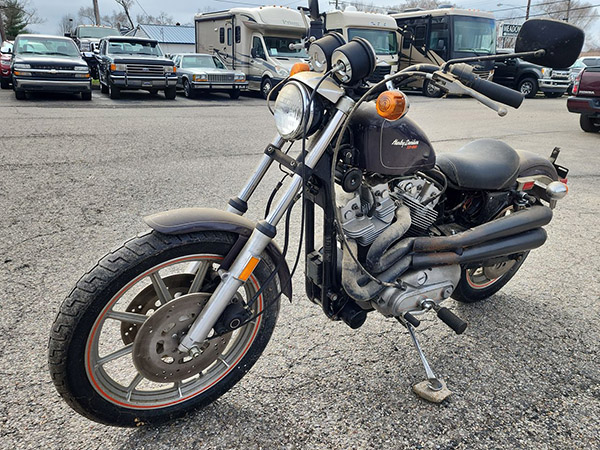
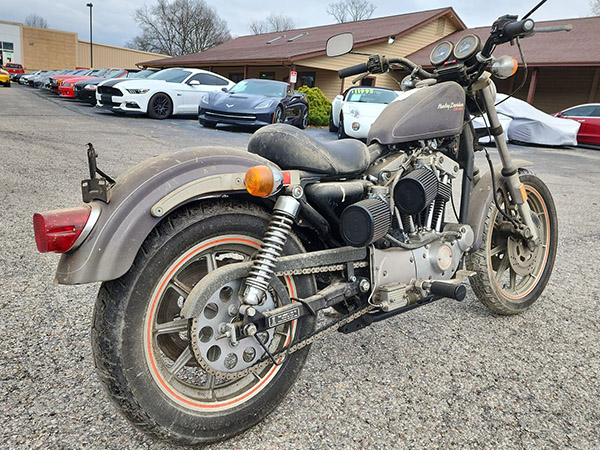
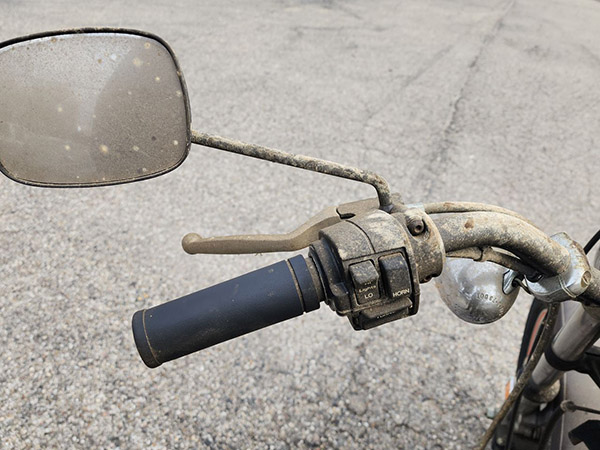
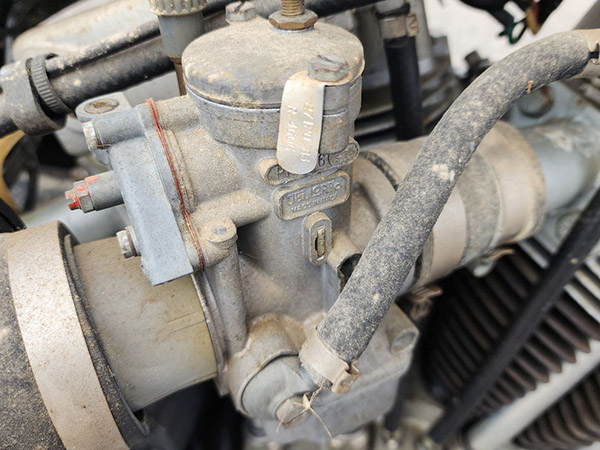
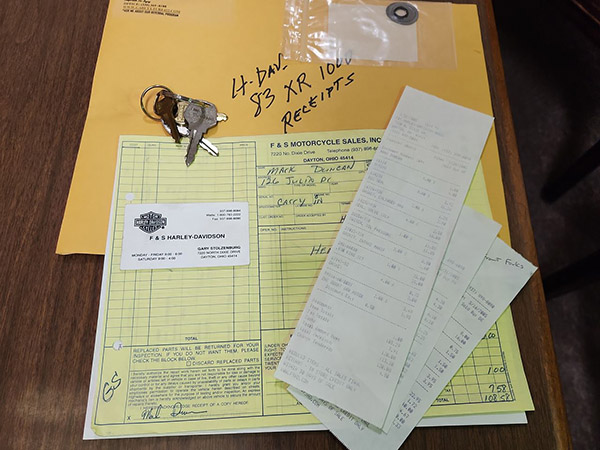





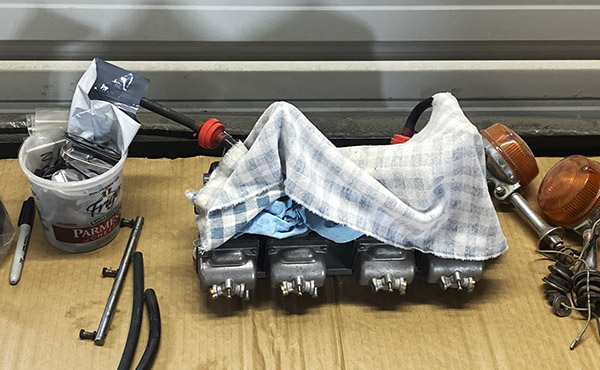

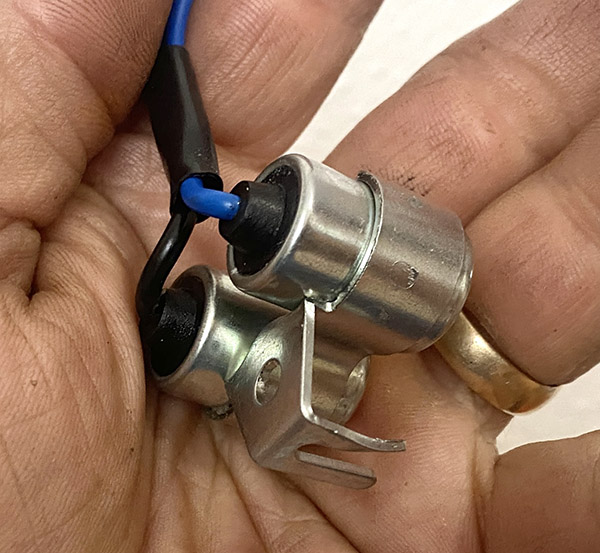



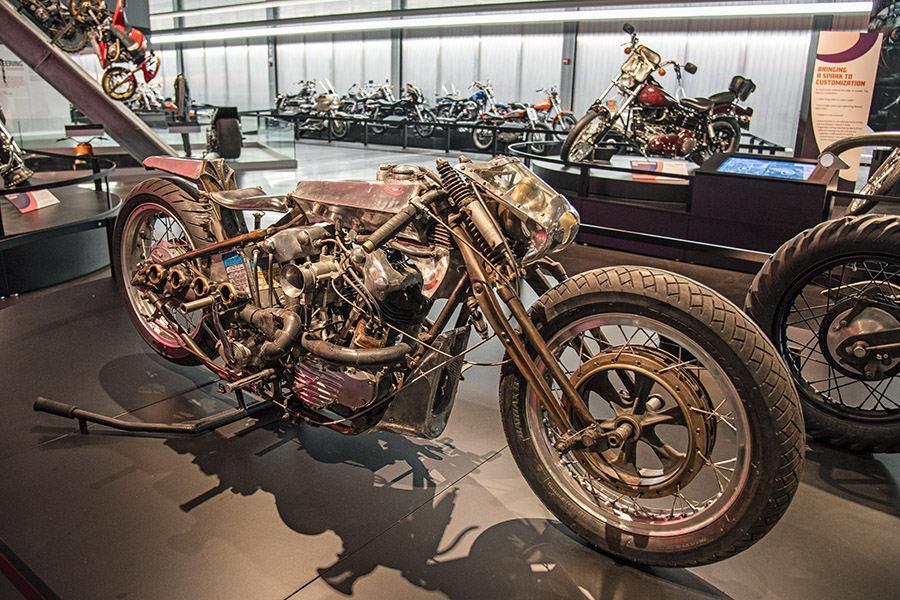
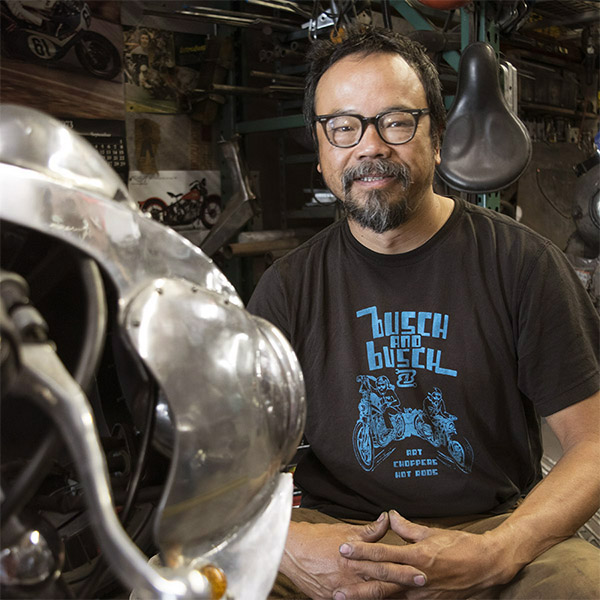
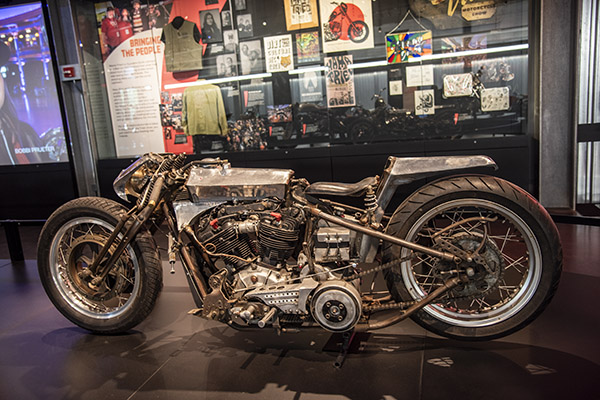
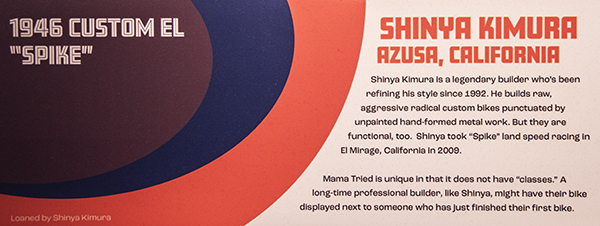
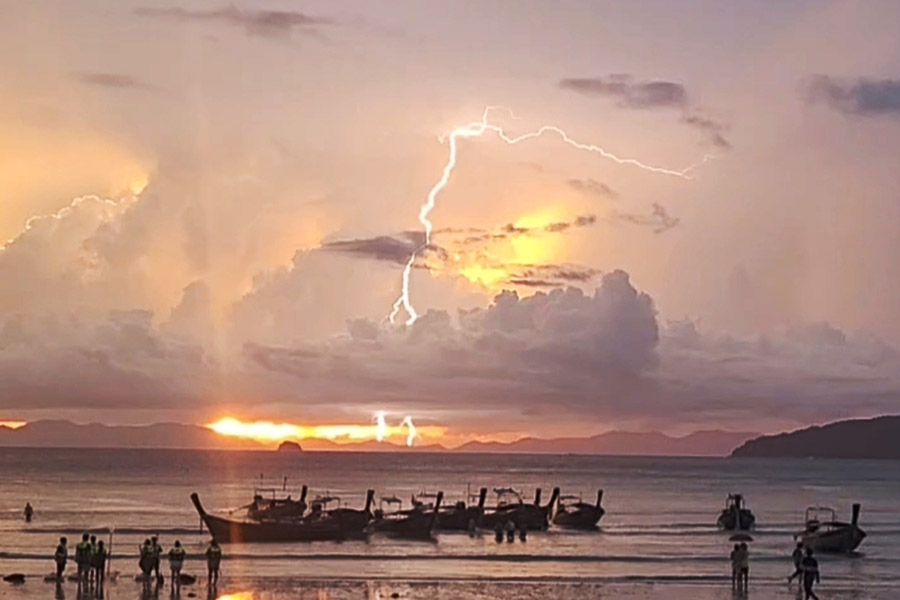
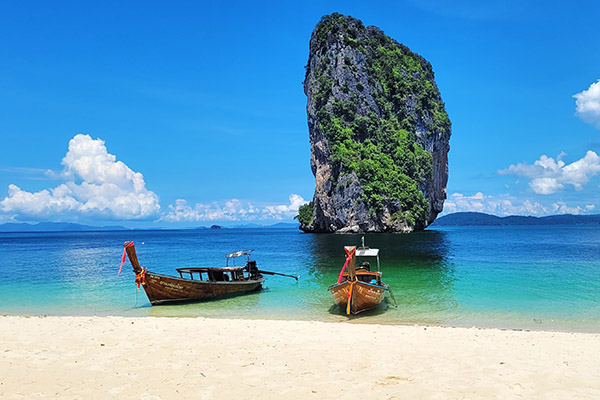 Krabi is a rather large city and after having recently spent two weeks in Bangkok, I was really done with large cities. As with most cities you really cannot absorb the full culture there. Yes, there are museums, temples, and other tourist attractions, but to fully feel the true heartbeat of a region you need to travel off the beaten path, which in most cases means meandering around the countryside.
Krabi is a rather large city and after having recently spent two weeks in Bangkok, I was really done with large cities. As with most cities you really cannot absorb the full culture there. Yes, there are museums, temples, and other tourist attractions, but to fully feel the true heartbeat of a region you need to travel off the beaten path, which in most cases means meandering around the countryside.
